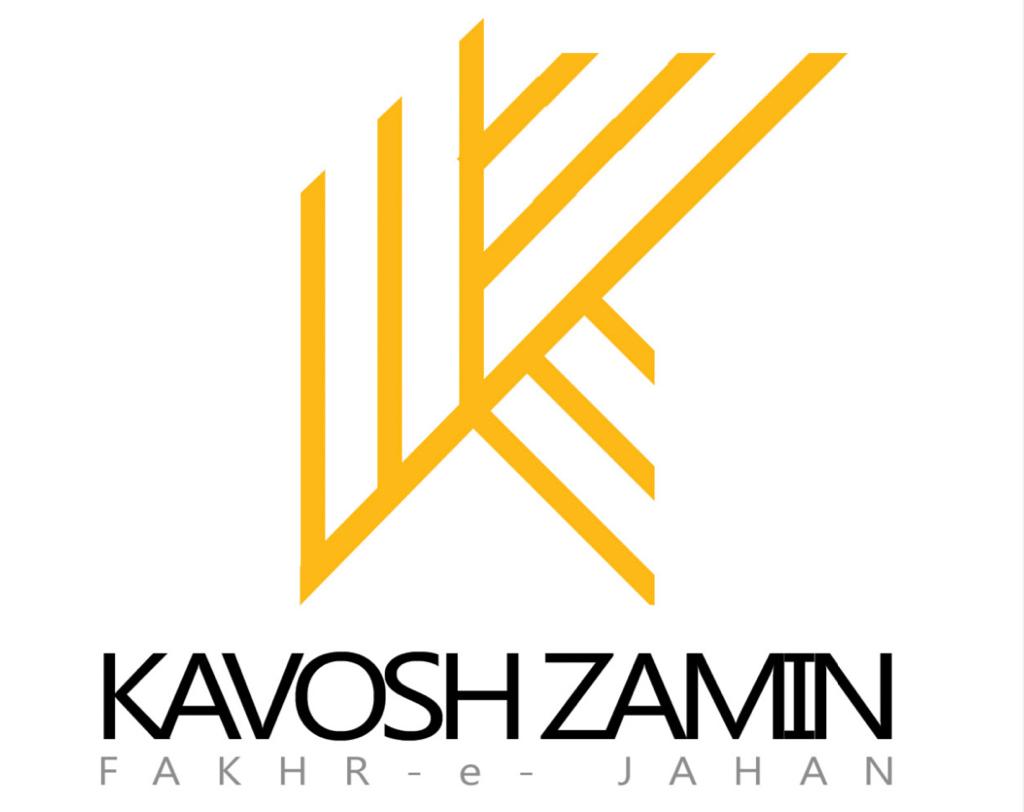What we’re offering
Industries We Serve
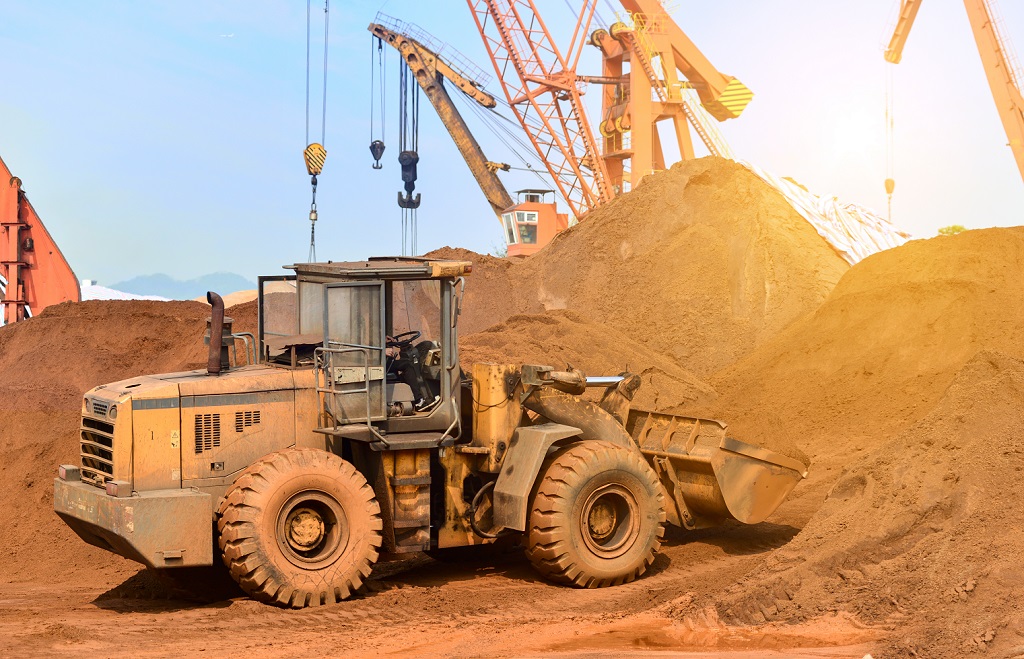
Mines
Iran has the world's largest proven reserves of copper, chromium, and zinc, and is also a major producer of coal, iron ore, and natural gas. The mining sector is a significant contributor to Iran's economy, accounting for about 8% of GDP and employing about 1 million people.
The mining sector has grown in recent years, driven by increased investment and rising global demand for minerals. In 2019, Iran produced 1.2 million tons of copper, 3.5 million tons of iron ore, and 100 million tons of coal.
The mining sector is facing some challenges, including outdated technology, environmental pollution, and corruption. However, the government has taken steps to address these challenges, and the mining sector is expected to continue to grow in the coming years.
The mining sector has the potential to play a major role in Iran's economic development. By investing in the sector, the government can create jobs, generate revenue, and reduce Iran's dependence on oil exports.
Iran is the world's second-largest producer of iron ore, after Brazil. The country has estimated reserves of 27 billion tons of iron ore, of which about 10 billion tons are considered to be economically recoverable. This makes Iran a major player in the global iron ore market.
Iron ore mining is a major industry in Iran, employing tens of thousands of people. The country's largest iron ore mines are located in the Golestan Province, in the north of the country. These mines produce a variety of iron ore products, including lump ore, fines, and pellets.
Iron ore mining has been criticized for its environmental impact. The mining process can cause deforestation, soil erosion, and water pollution. In addition, the use of explosives in mining can trigger earthquakes. However, the Iranian government has taken steps to mitigate the environmental impact of iron ore mining.
Despite the environmental concerns, iron ore mining is a vital part of the Iranian economy. The country's iron ore exports generate billions of dollars in revenue each year. This revenue is used to fund a variety of government programs, including infrastructure development, education, and healthcare.
Iron ore mining is a controversial issue in Iran. Environmentalists argue that the industry is damaging the country's environment. However, the government argues that the industry is essential to the country's economy.
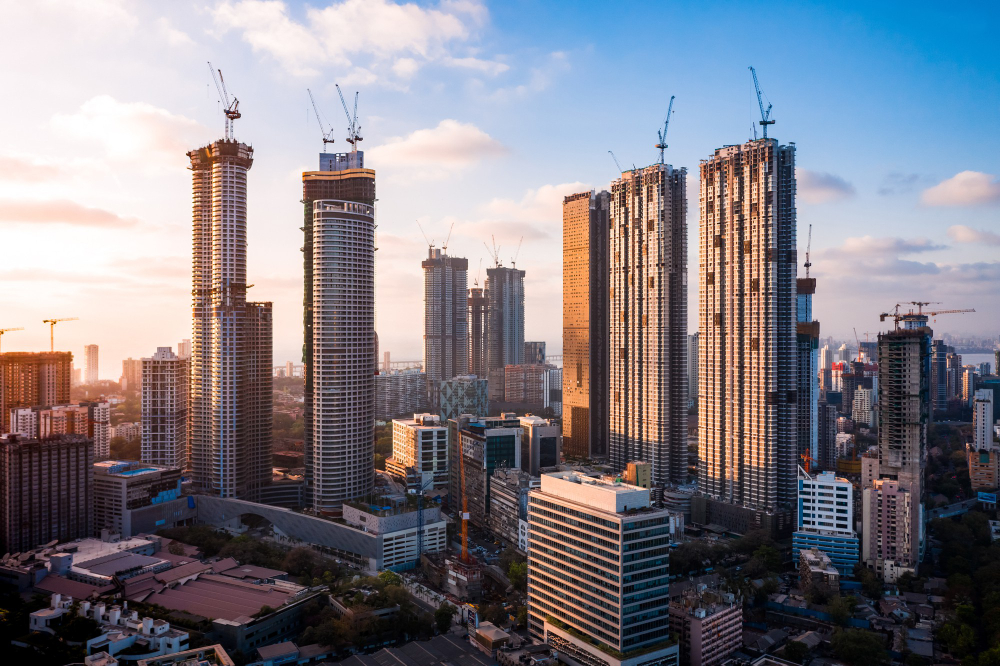
Real Estate
The real estate development and industry in Iran is a significant economic driver, accounting for over 10% of the country's GDP. The sector has been growing rapidly in recent years, driven by several factors, including:
Increased urbanization: Iran's population is increasingly urbanizing, with more and more people moving to cities in search of jobs and better living conditions. This has led to a growing demand for housing and other real estate.
Economic growth: Iran's economy has been growing steadily in recent years, which has also contributed to the growth of the real estate sector.
Government support: The Iranian government has been supportive of the real estate sector, providing subsidies and other incentives to developers.
The real estate industry in Iran is facing several challenges, including:
Inflation: Iran's high inflation rate has made it difficult for many people to afford to buy property.
Sanctions: The international sanctions on Iran have made it difficult for foreign investors to participate in the real estate sector.
Despite these challenges, the real estate development and industry in Iran is expected to continue to grow in the coming years. The sector is expected to be driven by continued urbanization, economic growth, and government support.
In addition to these factors, real estate development and industry in Iran are also expected to benefit from the following:
The government plans to build new cities and infrastructure.
The increasing demand for luxury real estate from wealthy Iranians and foreigners.
The growing popularity of online real estate platforms.
Overall, the real estate development and industry in Iran is expected to remain a strong and growing sector of the economy in the coming years.
The real estate development and industry in Iran is a complex and ever-changing sector. The factors that have driven its growth in recent years are likely to continue to play a role in the future. However, the sector is also facing many challenges, which could impact its growth. It will be interesting to see how the real estate development and industry in Iran evolve in the years to come.
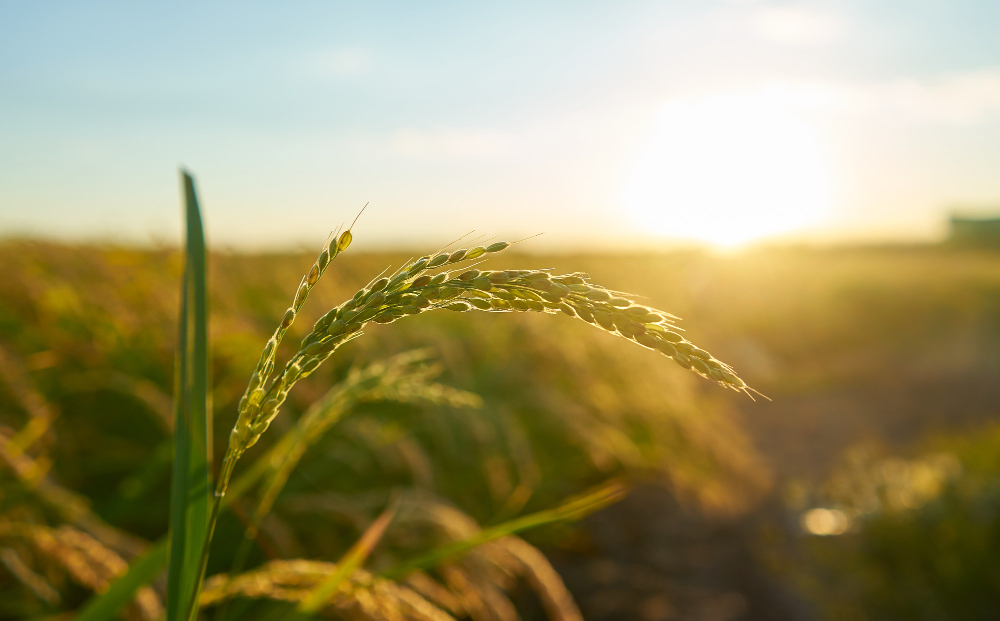
Agriculture
Agriculture is the main economic activity in Iran. It accounts for about 10% of the country's GDP and employs about 25% of the workforce. The main agricultural products are wheat, rice, barley, sugar beet, cotton, and fruits and vegetables.
Iran has a long history of agriculture. The first evidence of agriculture in Iran dates back to the 7th millennium BC. Agriculture has played a major role in the development of Iranian culture and society.
The agricultural sector in Iran is facing several challenges, including water scarcity, soil degradation, and climate change. The government is working to address these challenges by investing in irrigation infrastructure, developing drought-tolerant crops, and promoting sustainable agriculture practices.
The future of agriculture in Iran is uncertain. The government is working to modernize the sector and increase productivity. However, the challenges facing the sector are significant. It is unclear whether the government will be able to overcome these challenges and ensure the sustainability of agriculture in Iran.
Here are some of the key challenges facing the agriculture sector in Iran:
Water scarcity: Iran is a water-scarce country. The country's water resources are under increasing pressure from population growth, urbanization, and industrialization. This is leading to water shortages for agriculture.
Soil degradation: Iran's soil is also under threat from degradation. This is due to several factors, including deforestation, overgrazing, and unsustainable agricultural practices. Soil degradation is reducing the productivity of agricultural land.
Climate change: Climate change is also having a negative impact on agriculture in Iran. The country is experiencing more frequent and severe droughts, which are reducing crop yields. Climate change is also leading to changes in temperature and precipitation patterns, which are making it difficult for farmers to adapt.
The government of Iran is working to address these challenges. The government has invested in irrigation infrastructure, developed drought-tolerant crops, and promoted sustainable agriculture practices. However, the challenges facing the sector are significant. It is unclear whether the government will be able to overcome these challenges and ensure the sustainability of agriculture in Iran.
Despite the challenges, there are some reasons to be optimistic about the future of agriculture in Iran. The government is committed to modernizing the sector and increasing productivity. The country has a skilled workforce and a strong research and development sector. Iran is also a member of the World Trade Organization, which gives it access to global markets.
If the government is able to overcome the challenges facing the sector, agriculture could play a major role in the development of the Iranian economy.
The Iranian government has implemented a number of initiatives in agriculture in recent years in an effort to improve the sector's productivity and efficiency. These initiatives have included:
Investing in irrigation and drainage infrastructure
Providing subsidies for agricultural inputs such as seeds, fertilizer, and pesticides
Promoting the use of modern agricultural technologies
Offering training and education programs for farmers
These initiatives have had a positive impact on the Iranian agricultural sector. The sector has experienced growth in production, productivity, and exports. However, there are still challenges that need to be addressed, such as water scarcity and climate change. The government is working to address these challenges and continue to improve the agricultural sector.
In addition to the initiatives mentioned above, the Iranian government has also implemented a number of policies to support the agricultural sector. These policies include:
Providing price guarantees for agricultural products
Regulating the import and export of agricultural products
Providing tax breaks and other financial incentives for farmers
Investing in research and development in agriculture
These policies have helped to make Iran a major player in the global agricultural market. Iran is the world's largest producer of pistachios, saffron, and dates. It is also a major producer of wheat, rice, and cotton.
The Iranian government is committed to the development of the agricultural sector. The government believes agriculture is key to Iran's economic growth and development. The government is working to improve the sector's productivity, efficiency, and competitiveness.
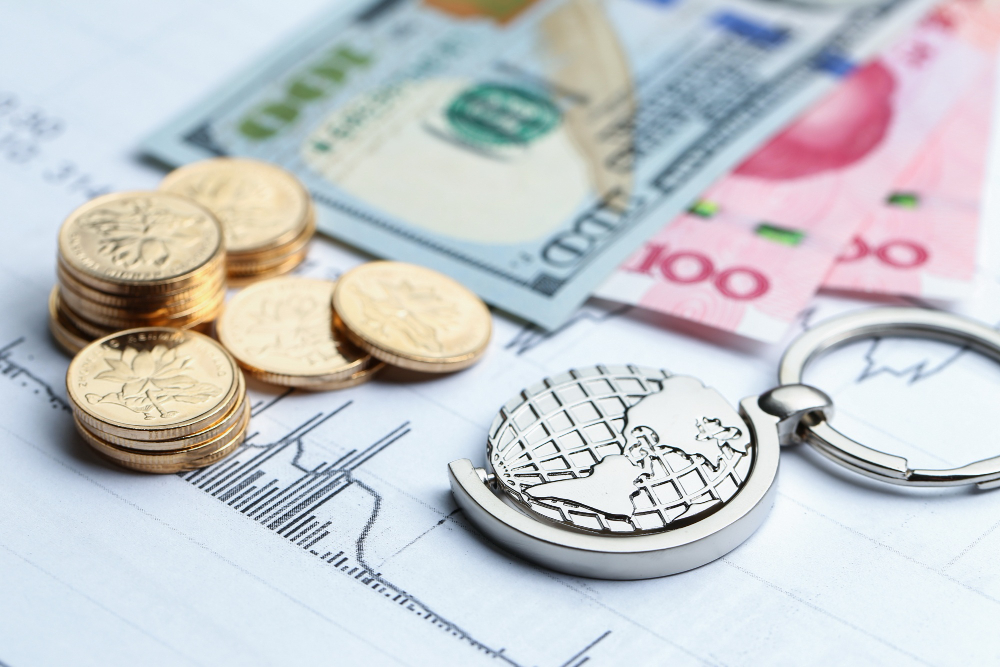
Foreign Investments
Foreign investments have advantages and disadvantages. To be successful, careful planning, analysis, risk management, and collaboration with local stakeholders and authorities are crucial.
